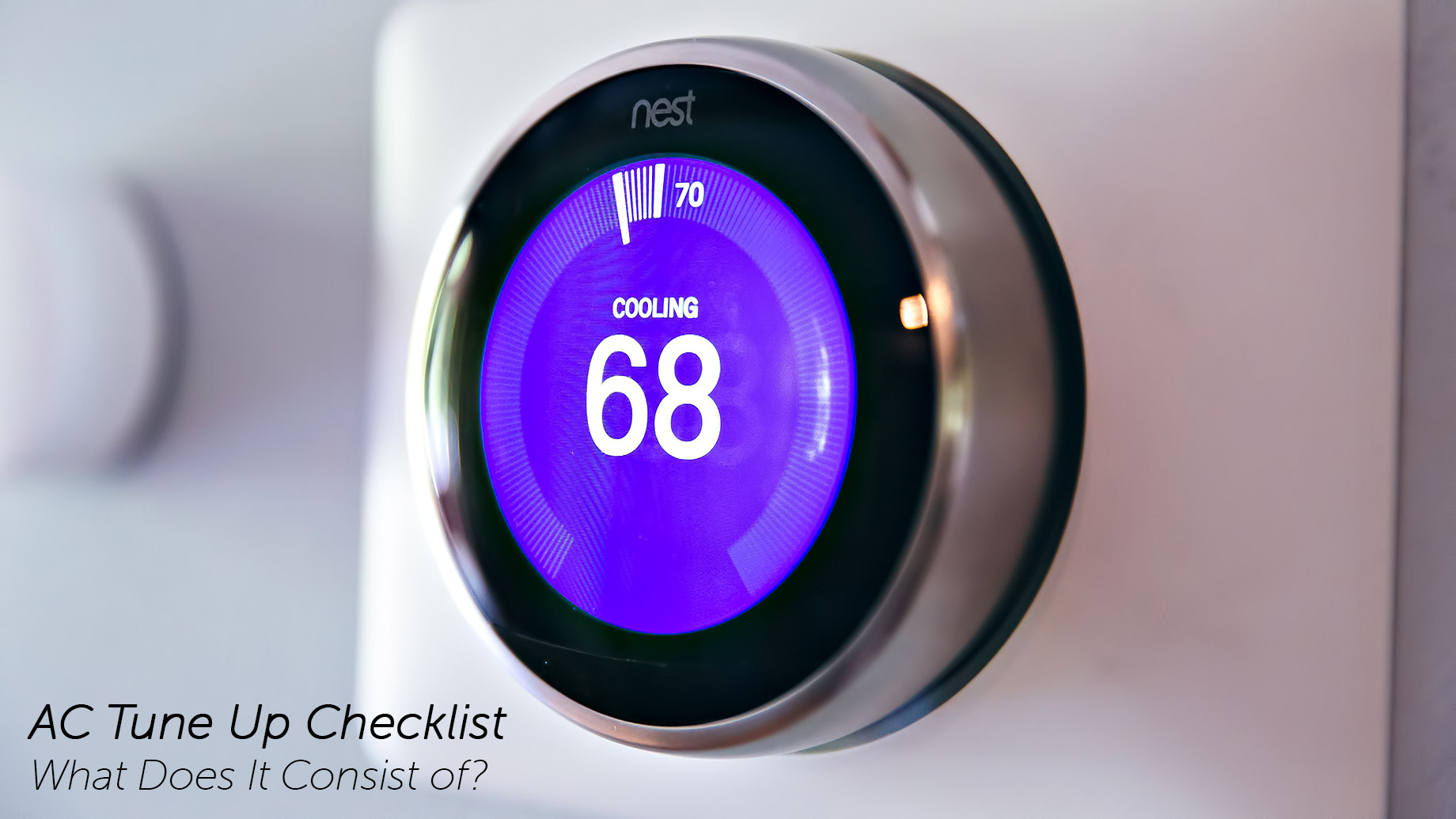
Homeowners ask, “Do we need AC tune up each year or is this just a marketing ploy?”
AC tune up, repair services, and sales are all means of making money for AC businesses, but the truth of the matter is: you can take care of your AC system on your own – that is, if you have enough knowledge to begin with.
If you are the type who does not know anything about these systems, and something comes up that causes your system not to work, your urgent solution is to “call a friend” (who might happen to be busy at the time of your emergency).
Or, call the experts (who know how to fix the problem immediately and trained to deal with these sorts of problem).
In any case, if you decide to call the expert technicians in, be ready with a checklist to compare what they have done so far in checking your system and to check whether you’re spending money for something worthwhile.
Start with the checklist given below:
Tune Up Versus Inspection
Tune up services are meant to keep owners’ ACs running at their highest efficiency. The technician will examine your system, including:
- Condenser coils
- Drains
- Electricals
- Freon
- Air filters
Yearly tune up services are recommended to avert or fix right away any issues before they get worse and require high repair cost.
On the other hand, AC inspections are meant to be carried out for systems that have stopped working properly – and these, of course include, a breakdown of the system.
If the AC is not generating the right temperature, then what is needed is an inspection service, and if the problem has been identified, the service will recommend a repair.
Thus, an inspection service, in its essence and purpose, is primarily designed to diagnose an AC’s condition, whereas the annual tune-up contract has preventative maintenance as its main goal.
AC Tune Up Benefits
There are at least 3 benefits to get from regular maintenance or tune up:
- Efficient use of energy – Dirty parts like the condenser coils and air filters mean your system has to work harder and consume more energy, and that in turn means paying higher energy bills.
- Longer operational life – If one part there in the system is compromised, that can lead to damages in other components, too.
This translates to a fast degradation of the entire system, and when small repairs have to be made, but no one knows anything about them, usually, when the problem has been identified, it will require higher cost for repairs.
- Better air quality – You don’t want to breathe dusty air that’s very unhealthy for the family. An annual tune up can ensure that the air you inhale will always be clean.
AC Tune Up Checklist
HVAC tune up consists of:
- Checking and cleaning burners
If your burner appears yellowish, then it is probably already dirty. The technician will use a vacuum cleaner to clean it.
- Checking CO levels
Toxic levels of carbon monoxide are harmful to health and can even be fatal.
- Inspecting filters
If hot air is coming out of the back of your AC, check the filters. Most likely, it has accumulated dirt and is already clogged. The technician will show you how to clean it.
- Adjusting refrigerant levels
The technician knows the right amount of refrigerant for sufficient heating and cooling.
- Inspecting controls
The technician will check for the possibility of the heating and cooling systems working simultaneously, which is actually not a good sign that your system is in a good condition.
- Testing the shut-off system
One problem of some users is their AC continues to run or will not turn off. The technician will check for the possibility of stuck relay keeping the circuit closed. He will also check if the thermostat has a shorted cable or if it needs replacement.
- Check thermostat accuracy
The thermostat is a very important part to check regularly. Is it giving you correct temp measurements? For thermostat operation and proper programming of your thermostat, kindly click this link containing advice and tips from the Department of Energy (DOE).
- Inspecting leaks and cracks on heat exchanger
Heat exchanger cracks are caused by the natural wear and tear process, as over time, the metal part of the exchanger expands and contracts – and eventually cracks.
- Tightening electrical connections
Ask the service provider to apply non-conductive coating on wires and connections if necessary.